Where Employers Are Getting Staff Benefits Wrong in 2025
As Australian workplaces continue to evolve in 2025, a new report from people2people Recruitment reveals a growing disconnect between what employers think their staff want—and what employees actually value when it comes to workplace benefits.
Despite good intentions, many organisations are investing in perks that don't resonate, while overlooking benefits that could genuinely improve retention, satisfaction, and productivity.
The Mismatch Between Intent and Impact
At first glance, many Australian employers appear proactive in offering benefits. However, the data shows that these efforts often miss the mark. Key benefits that employees actually want—like AI and tech upskilling, overtime payments, and legal or tax advice—are still not being widely delivered. Meanwhile, more traditional perks like car parking and employee referral bonuses continue to receive outsized investment despite limited employee interest.
Key Gaps in Benefit Delivery
Here’s where the largest gaps between employer offerings and employee preferences lie:
- AI and tech upskilling: 44% of employees want it, but only 24% of employers provide it.
- Overtime payments: Important to 46% of workers, yet only 30% of companies offer them.
- Mentorship programs:
Desired by 39%, but available at just 27% of workplaces.
- Connectivity allowances: Sought by 27%, but only 10% of employers deliver.
- Legal and tax advisory services: Valued by 23% of employees, offered by just 6%.
These figures highlight an urgent need for HR and leadership teams to reevaluate benefit strategies—not based on assumptions or legacy perks, but on up-to-date insights into what their people truly need.
What's Working Well
Some employers are getting it right. Benefits with strong alignment between what employees want and what companies offer include:
- Bonuses:
Desired by 53%, offered by 60%.
- Mobile phone/laptop allowances: Valued by 59%, delivered by 63%.
- Employee discounts: Close alignment, with 44% of employees valuing them and 47% of employers providing them.
- Access to industry publications: A rare perfect match at 44%.
These results show that when employers pay attention to data and feedback, it’s possible to deliver benefits that resonate across the board.
The Overinvestment Problem
At the same time, the report reveals some surprising insights into where employers are overdelivering—but not necessarily adding value. For example:
- Car parking:
Offered by 54% of employers, but only 30% of employees value it.
- Company cars or car allowances: Provided by 39%, yet only 18% see it as important.
- Employee Assistance Programs (EAPs): Widely available at 81% but appreciated by just 48%.
- Referral incentives: Offered by 53%, valued by only 22%.
- Association memberships: Provided by 42%, but only 26% care.
These mismatches suggest that employers could be misallocating valuable budget toward benefits that have little real impact on employee engagement.
Why the Disconnect?
The modern workforce has changed—especially with the rise of hybrid and remote working models. Daily commutes are no longer the norm for many, and workers are increasingly focused on flexibility, digital access, and future-proofing their careers through skills development.
Outdated assumptions about what staff want—like free parking or corporate memberships—can quickly lead to a stagnant benefits offering that fails to keep pace with the evolving workplace.
Getting the Balance Right: Five Tips for Employers
To build a benefits package that truly supports, motivates, and retains staff in 2025, employers need a more responsive, data-driven approach. Here are five practical strategies to consider:
- Ask, don’t assume:
Regular employee surveys and feedback loops are essential. Avoid guessing—let your workforce tell you what matters.
- Prioritise flexibility and personalisation:
One-size-fits-all doesn’t work anymore. Benefits should be adaptable to individual lifestyles and career stages.
- Focus on future-ready skills: Upskilling in AI and emerging technologies isn’t just optional—it’s becoming essential for both individual and organisational success.
- Cater to a multigenerational workforce: Different age groups have different needs. Customising benefits can make a big difference in satisfaction and retention.
- Reallocate low-impact perks: Identify benefits that aren't resonating and consider redistributing that budget toward high-impact options employees actually want.
In a competitive talent market, benefits aren't just a nice extra—they’re a critical component of employer branding and workforce strategy. The organisations that actively listen to their people and adapt their benefits accordingly will not only reduce waste—they’ll also gain a tangible edge in attracting and retaining top talent in 2025 and beyond.














